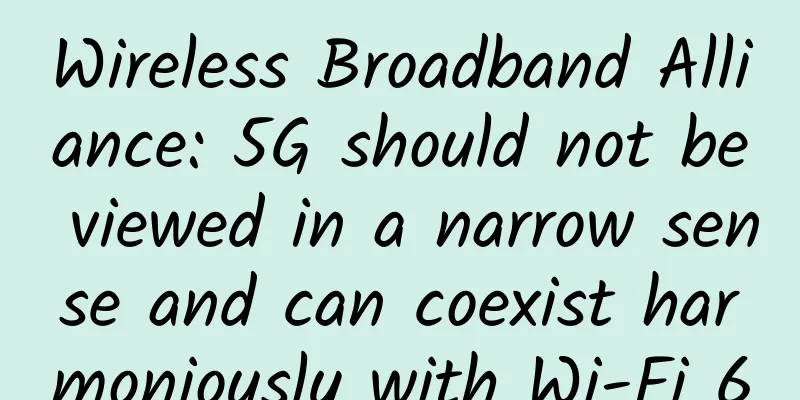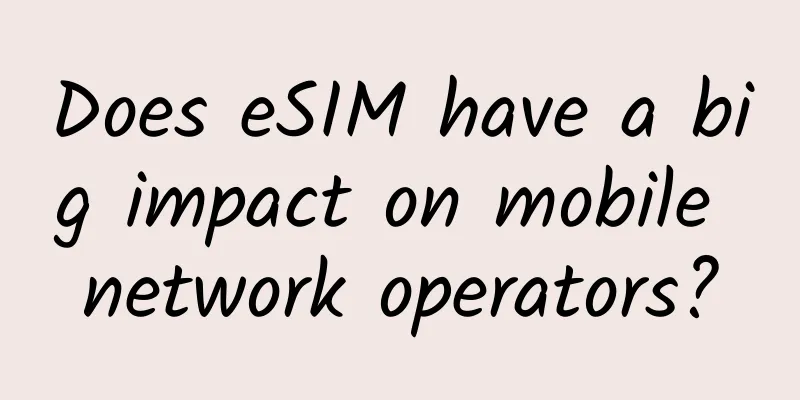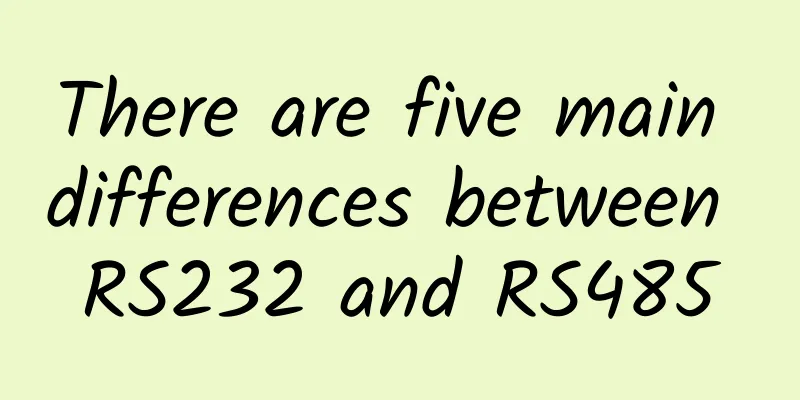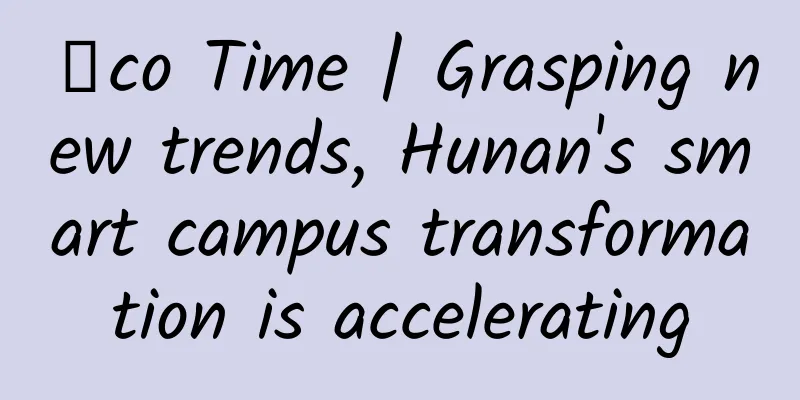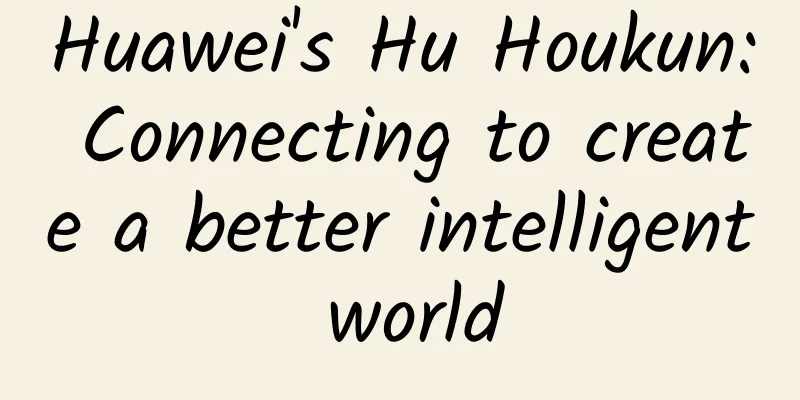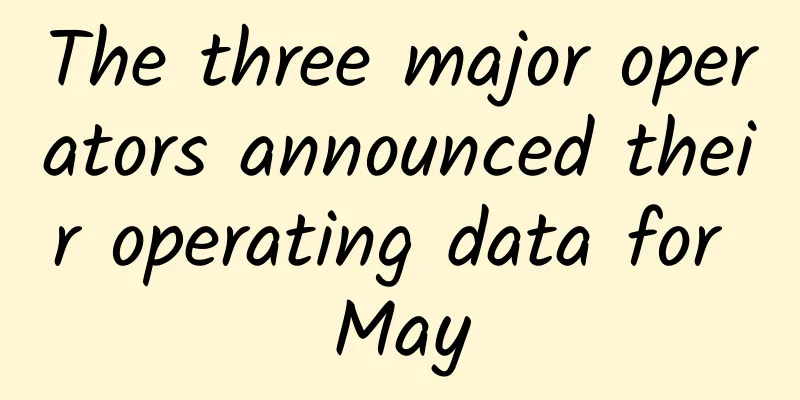Using light bulbs to surf the Internet? Speed of 100Gbps? Is the much-anticipated Li-Fi really that great?
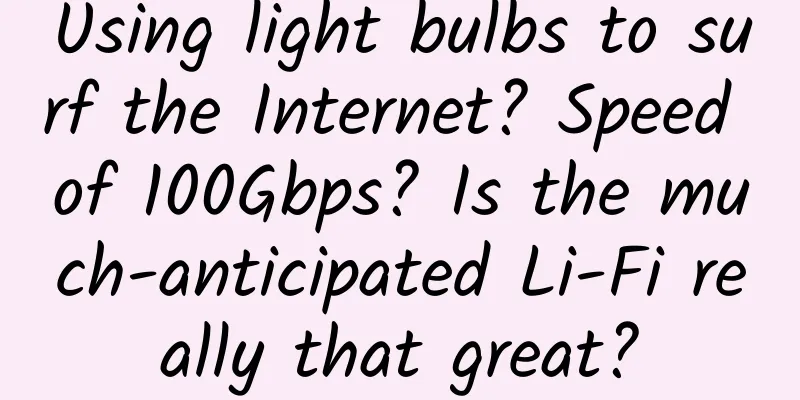
|
I have told you before that our current wireless communications are all based on electromagnetic waves. Using electromagnetic waves for communication requires occupying electromagnetic wave spectrum resources. Although spectrum resources cannot be seen or touched, they are very valuable. According to the frequency (wavelength) of spectrum resources, electromagnetic waves are mainly divided into radio waves and light waves. All along, we mainly use "radio waves" for wireless communication and use the spectrum resources of radio waves. The radio spectrum resources have been divided a little bit to the east and a little bit to the west, and there are not many left. Radio waves are not enough, so people naturally wonder if light waves can be used. Optical wave frequency resources are abundant, the frequency band is wide, and the available resources are relatively abundant. The technology that uses light waves for wireless communication is usually called "optical communication". Please note that the optical communication we usually refer to is more about fiber optic communication. In fact, fiber optic communication belongs to wired communication. optical fiber But there is no way, the name has been used by everyone, it is difficult to get it back... Therefore, in order to distinguish it from fiber optic communication, our "true optical communication" is also called "visible light communication" (VLC). Visible light communication has its own standard - IEEE 802.15.7 VLC. Its precise definition is: a communication method that uses light in the visible light band as an information carrier to directly transmit optical signals in the air. "Li-Fi", which has been very popular in recent years, is a type of "visible light communication" technology. In 2011, German physicist Harald Haas and his team at the University of Edinburgh in the UK invented a patented technology that uses flashing lights to transmit digital information, which is Li-Fi. Li-Fi, Light Fidelity. Do you think this name is similar to Wi-Fi? It was named this way because its application scenarios are similar to Wi-Fi, and people thought it was likely to replace Wi-Fi. Haas and his Li-Fi The working principle of Li-Fi is not complicated: install a microchip on an ordinary LED bulb, and control it to flash millions of times per second, with light representing 1 and off representing 0. Because the frequency is too fast, the human eye cannot perceive it at all, but the photosensitive sensor can receive these changes. In this way, binary data is quickly encoded into light signals and effectively transmitted. The computer or mobile phone under the light can read the "Morse code" in the light through a special receiving device, and can communicate. How Visible Light Communication Works Everyone should note that Haas can only be regarded as the inventor of Li-Fi, but he is not the inventor of visible light communication. Visible light communication was proposed as early as around 2000 and originated in Japan. Let's take a look at the development history of visible light communication:
According to foreign media reports, researchers at Oxford University have completed a 100Gbps visible light communication experiment and named it "ultra-parallel visible light communication", and even predicted that the maximum rate of the communication system can reach 3Tbps! Visible light communications research at Oxford University In fact, the birth and rapid development of visible light communication is due to the explosion of LED technology. Since its birth, LED has been developing at a rate of 20 times brighter and 100 times cheaper every decade, with the technology becoming more mature and its functions being continuously improved. Because of this, visible light communication took advantage of this opportunity and became popular. In addition to speed, visible light communication has many other advantages. According to statistics, the number of devices supporting Wi-Fi wireless connections will reach 1.7 billion in 2020. However, as the number of devices continues to increase, Wi-Fi networks based on traditional RF (radio frequency) technology may not be able to meet device connection needs in 2025. In terms of cellular communications, in China alone, there are nearly 6 million mobile communication base stations, most of the energy is used for cooling, and the efficiency is only 5%. LED light sources are different. There are about 40 billion LED bulbs in the world. Just add a microchip to these LED bulbs to transform them into signal transmitters, and the scale of the communication network formed is amazing. The cost of doing so is much lower than deploying Wi-Fi hotspots, and there is no need to build new infrastructure. Moreover, as mentioned earlier, the spectrum resources of radio waves are becoming increasingly scarce, and the network has become overcrowded. The width of the visible light spectrum is 10,000 times that of the radio frequency spectrum, which means that it can bring higher bandwidth and abundant resources. With optical communication, there is no need to worry about insufficient spectrum, and it can also alleviate the current shortage of wireless spectrum resources around the world. In addition, visible light is green and has no radiation harm to humans. Therefore, using light as a medium for wireless communication is a healthier and more desirable direction for human development. At the same time, using light for communication can reduce energy consumption because it does not need to provide additional energy like base stations, which is more environmentally friendly. If we consider safety, it is also an advantage. Visible light communication can block the light and prevent it from leaking out. . . However, visible light communication actually has many disadvantages.
In short, visible light communication does beat traditional radio frequency communication in terms of theoretical transmission rate, deployment, cost, zero electromagnetic radiation, etc. However, due to its inherent defects, it is definitely impossible to expect it to replace Wi-Fi or mobile communication base stations in a short period of time. Therefore, we should be more patient with visible light communication and Li-Fi! |
<<: What you should know about 5G
>>: LiFi has two major advantages over WiFi. Can it really replace WiFi?
Recommend
HostYun Hong Kong EQ data center triple network CMI backhaul VPS monthly payment starts from 27 yuan, 1~10Gbps bandwidth
HostYun also offers VPS hosts in Hong Kong Equini...
Cisco Global Senior Vice President Jeetu Patel: Webex virtual experience is 10 times better than face-to-face experience!
[51CTO.com original article] Cisco recently organ...
Digital-vm is 35% off in July, VPS in the United States/Japan/Singapore and other data centers starts at $2.6 per month, 1-10Gbps bandwidth
Digital-vm released the promotion information for...
Operators are cutting marketing expenses, so how can agents survive?
Although the scale of mobile phone users has long...
H3C iMC leads the Chinese network management software market for three consecutive years
Recently, International Data Corporation (IDC) re...
Let's take stock of the complaints of the three major operators, and the most ruthless complaints of the three major operators
[[438942]] There are more and more complaints abo...
Inventory: 11 foreign SASE vendors
SASE (Secure Access Service Edge) is a networking...
Why is your router's ability to penetrate walls poor?
1. Is it my fault that the signal is weak? Whethe...
The key challenges facing MSPs and CMPs in “multi-cloud” are: Network
The rapid development of new cloud-based applicat...
600,000 new 5G base stations will be built in 2021
2020 is a critical year for the large-scale comme...
DiyVM: 50 yuan/month KVM-2GB/50GB/5M/Hong Kong CN2 & Japan & US data centers available
In the past 2022, DiyVM has made a series of chan...
The three major operators may announce the commercial use of 5G messaging by the end of this year to replace SMS
Nowadays, few people send text messages except fo...
Can 5G RedCap technology help operators regain confidence?
As my country has built the world's largest 5...
IDC: Private LTE/5G Infrastructure Market to Reach $5.7 Billion in 2024
A new report from IDC predicts that global privat...
HostDare adds NVMe disk CN2 GIA line VPS, 15% discount starting from $30/year
After HostDare launched the Los Angeles NVMe SSD ...
